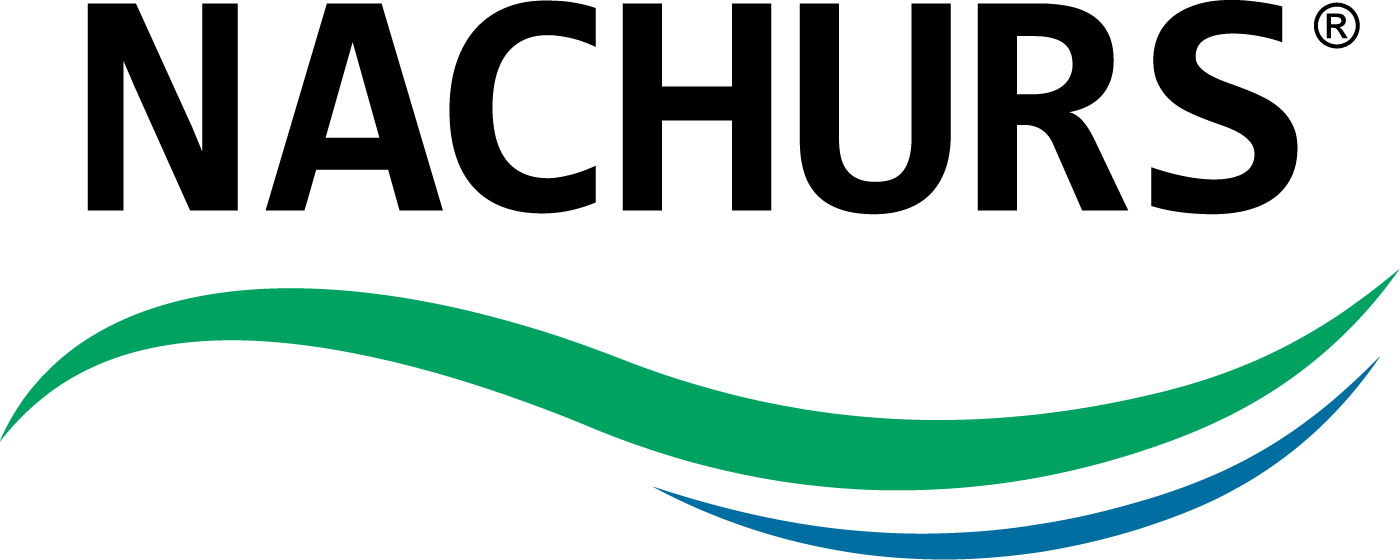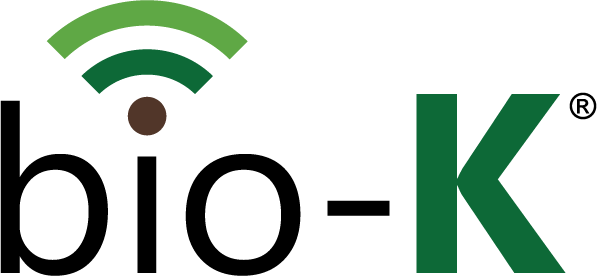Nutrient Needs of the Soybean and Cotton Crops
As the growing season progresses, there is a need to monitor the nutrient needs of the growing crop. Both soybean and cotton industry researchers have recently identified a few of these reasons. I have included short summaries below. There are many reasons to continue to ensure your crop is receiving adequate fertility as it matures. Soybeans: A recent article in Agronomy Journal reported that soybean yields may be increased with late season foliar applications of nitrogen. It states that high yielding beans have a greater demand for nitrogen to fill the seed pods than what they are capable of fixing biologically. The rhizobia in the soil decrease nitrogen production exponentially as the pods begin to form, therefore additional foliar nitrogen is commonly beneficial. Research has indicated that Foliar N was efficient at improving yields. With approximately 55% of the U.S. crop setting pods as of last week, decision making time is upon us. Products such as NACHURS SRN® or NACHURS N-Rage® Max may be applied alone or in conjunction with pesticides (fungicides, insecticides, etc.) at crop stage R1-R3 at a rate of 1 to 2 gallons/ acre to help soybeans achieve their complete yield potential. Cotton: Cotton fields in much of the South are experiencing browning or bronzing of the foliage. Various fungal pathogens are blamed for the damage. However, according to researchers these pathogens are most likely secondary problems that are caused by “non-pathogenic stresses” – which means nutrient deficiencies, especially potassium. Potassium, phosphorous, and nitrogen are mobile within plants and are transported to the parts of the plants with the most demand. In a crop with heavy boll load, these mobile nutrients will be translocated from the leaves to the developing bolls and causes nutrient deficiencies in the leaves and can lead to secondary pathogen infections discussed above. If we allow the condition to persist as the crop matures, there is not much that can be done to remedy the situation. However, in areas where the cotton crop is still developing, producers should be aware that potassium movement from the soil into the plant decreases significantly as the cotton nears peak bloom, leaving foliar applied potassium as the best method of application during and after that time. Products such as NACHURS playmaKer®, NACHURS Triple Option®, and/or NACHURS K-fuel® should be applied alone or in conjunction with other crop protection applications at early to peak bloom at a rate of 1 to 2 gallons/acre.
As the growing season progresses, there is a need to monitor the nutrient needs of the growing crop. Both soybean and cotton industry researchers have recently identified a few of these reasons. I have included short summaries below. There are many reasons to continue to ensure your crop is receiving adequate fertility as it matures.
Soybeans :
A recent article in Agronomy Journal reported that soybean yields may be increased with late season foliar applications of nitrogen. It states that high yielding beans have a greater demand for nitrogen to fill the seed pods than what they are capable of fixing biologically.
- The rhizobia in the soil decrease nitrogen production exponentially as the pods begin to form, therefore additional foliar nitrogen is commonly beneficial.
- Research has indicated that Foliar N was efficient at improving yields.
With approximately 55% of the U.S. crop setting pods as of last week, decision making time is upon us. Products such as NACHURS SRN
® or NACHURS N-Rage
® Max
may be applied alone or in conjunction with pesticides (fungicides, insecticides, etc.) at crop stage R1-R3 at a rate of 1 to 2 gallons/ acre to help soybeans achieve their complete yield potential.
Cotton :
Cotton fields in much of the South are experiencing browning or bronzing of the foliage. Various fungal pathogens are blamed for the damage. However, according to researchers these pathogens are most likely secondary problems that are caused by “non-pathogenic stresses” – which means nutrient deficiencies, especially potassium.
- Potassium, phosphorous, and nitrogen are mobile within plants and are transported to the parts of the plants with the most demand. In a crop with heavy boll load, these mobile nutrients will be translocated from the leaves to the developing bolls and causes nutrient deficiencies in the leaves and can lead to secondary pathogen infections discussed above.
- If we allow the condition to persist as the crop matures, there is not much that can be done to remedy the situation. However, in areas where the cotton crop is still developing, producers should be aware that potassium movement from the soil into the plant decreases significantly as the cotton nears peak bloom, leaving foliar applied potassium as the best method of application during and after that time.
Products such as NACHURS playmaKer®
, NACHURS Triple Option®
, and/or NACHURS K-fuel®
should be applied alone or in conjunction with other crop protection applications at early to peak bloom at a rate of 1 to 2 gallons/acre.












